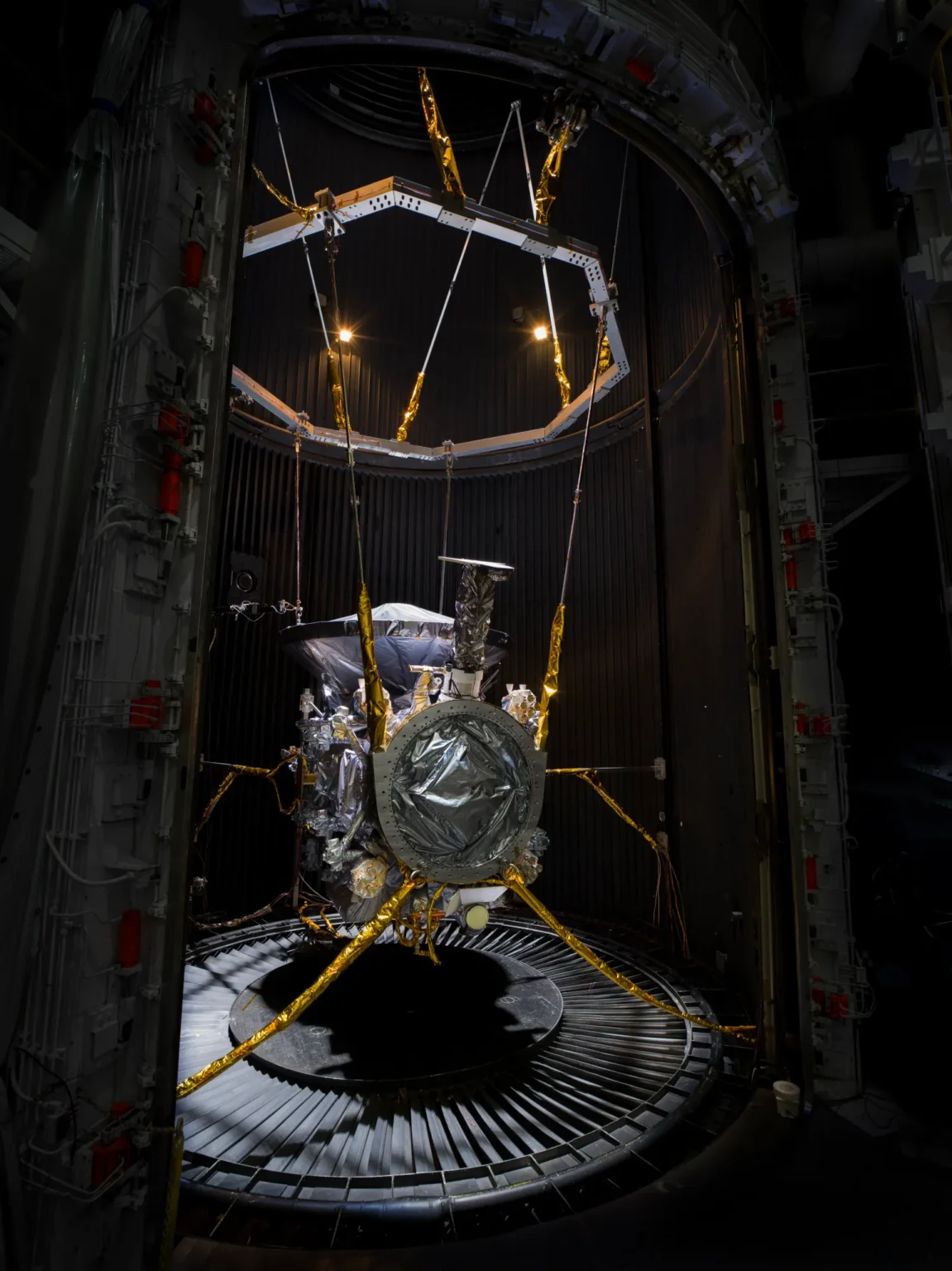NASA’s Jet Propulsion Laboratory specialists have completed a series of tests of the Europa Clipper spacecraft. They demonstrated its readiness for space flight.

Europa Clipper will be launched in October 2024. The purpose of the mission is Europa, Jupiter’s moon, with a huge ocean hiding under its icy surface. Europa Clipper will have to conduct a comprehensive study of this body and assess its viability.
Before launching Europa Clipper, engineers need to make sure that the spacecraft will be able to withstand a flight in interplanetary space. For this, they organized a series of tests. The key one was the test in a vacuum chamber. During it, experts checked how Europa Clipper will cope with the huge temperature changes that will occur during the flight. In total, this trial lasted 16 days.
The spacecraft has also been tested for vibration, shock and acoustics. During vibration tests, it was repeatedly shaken up and down and from side to side — just as it would be shaken during launch. During the shock load tests, pyrotechnics were used to simulate the explosive shock that the spacecraft would receive when it separated from the rocket and began its independent flight. Finally, acoustic tests made it possible to ensure that the Europa Clipper would not be damaged by the noise that would occur during launch.
In the near future, Europa Clipper will be transported to the Kennedy Space Center. There it will undergo the last checks and be prepared for launch. It will take the spacecraft six years and two gravitational maneuvers to reach its target — one in the vicinity of Mars and the other near Earth. They will allow Europa Clipper to develop the necessary speed to enter orbit around Jupiter. According to the plan, this will happen in April 2030.
Earlier, we talked about the message that would be installed on board the Europa Clipper.
According to https://www.nasa.gov
Follow us on Twitter to get the most interesting space news in time
https://twitter.com/ust_magazine


